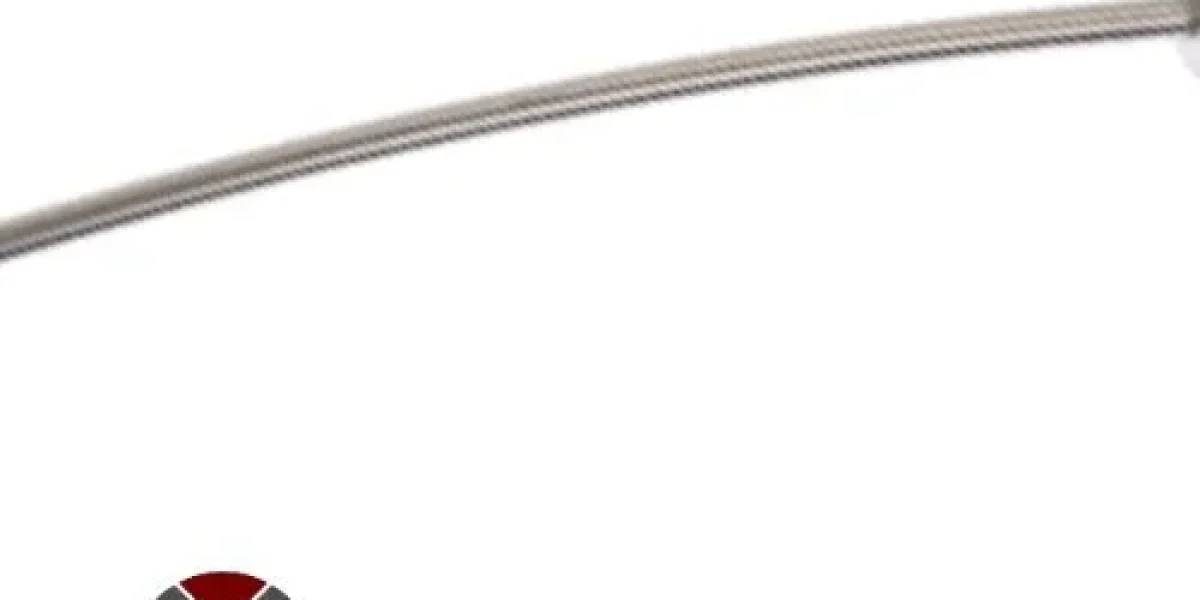Surgical tool sets are at the heart of every successful operation, enabling medical professionals to deliver precise and effective care. From intricate procedures to routine surgeries, these meticulously curated collections of instruments are designed to meet the specific needs of various medical disciplines. Each tool in a surgical set has a unique and vital function, ensuring smooth workflows and exceptional patient outcomes. This article explores the components of surgical tool sets, their importance, and the specialized instruments such as the surgical tunneler that play crucial roles in the operating room.
What Is a Surgical Tool Set?
A surgical tool set is a collection of instruments specially chosen to support specific types of medical procedures. These sets are tailored to different surgical specialties, including orthopedics, cardiovascular, general surgery, and more. The tools within a set are arranged systematically to allow surgeons and their teams efficient access, minimizing delays during critical moments in an operation.
Surgical tool sets commonly include staples like scalpels, scissors, clamps, retractors, and forceps. These are complemented by specialized tools designed for specific tasks. For instance, in vascular or reconstructive surgeries, a surgical tunneler is often an integral part of the set. This precise instrument simplifies the process of creating pathways through soft tissue, a task critical for placing grafts or tunnels for drainage tubes.
The Role of a Surgical Tunneler in Procedures
A surgical tunneler, though seemingly a niche tool, is essential in many procedures. This instrument is designed to create a controlled channel through soft tissue with minimal trauma. It is widely used in vascular surgeries to insert catheters or grafts, as well as in reconstructive procedures where precision is paramount.
Surgeons rely on the surgical tunneler for its ability to reduce complications such as tissue damage or misplacement, which could compromise the success of the operation. Typically made from durable materials like high-grade stainless steel, the instrument is engineered for both strength and finesse, allowing surgeons to work efficiently. This is particularly significant in procedures where accuracy is critical for the patient’s recovery and quality of life.
Components of a Well-Equipped Surgical Tool Set
A robust surgical tool set balances standard instruments and specialized devices to meet the needs of diverse procedures. Alongside general-purpose tools like retractors and clamps, these sets include items tailored for unique surgical tasks. For instance:
- p]:inline”>Scalpels and scissors for precise incisions.
- p]:inline”>Forceps to securely hold tissues during an operation.
- p]:inline”>Retractors that keep the surgical site open for better visibility.
- p]:inline”>Suction instruments for keeping the area clear of fluids.
When paired with advanced tools like the surgical tunneler, these instruments provide surgeons with comprehensive support. The versatility and adaptability of a well-designed tool set contribute significantly to reducing operation times and ensuring patient safety.
The Importance of High-Quality Instruments
The quality of surgical instruments can directly impact the success of a procedure. Tools made from durable, hygienic materials such as stainless steel or titanium ensure longevity and sterility. Reliable instruments not only enhance the surgeon’s precision but also reduce the risk of complications during and after surgery.
Furthermore, ongoing advancements in medical technology continue to refine surgical tools, improving their ergonomics and functionality. Instruments like the surgical tunneler have seen design innovations that make them even more effective in minimizing tissue trauma and improving procedural efficiency.
Final Thoughts
Surgical tool sets are the backbone of any operating room, offering medical professionals the tools they need to perform life-saving procedures. The integration of specialized instruments such as the surgical tunneler underscores the importance of precision and innovation in modern medicine. By understanding the value of these tools, surgical teams can optimize outcomes and uphold the high standards of care that every patient deserves.












